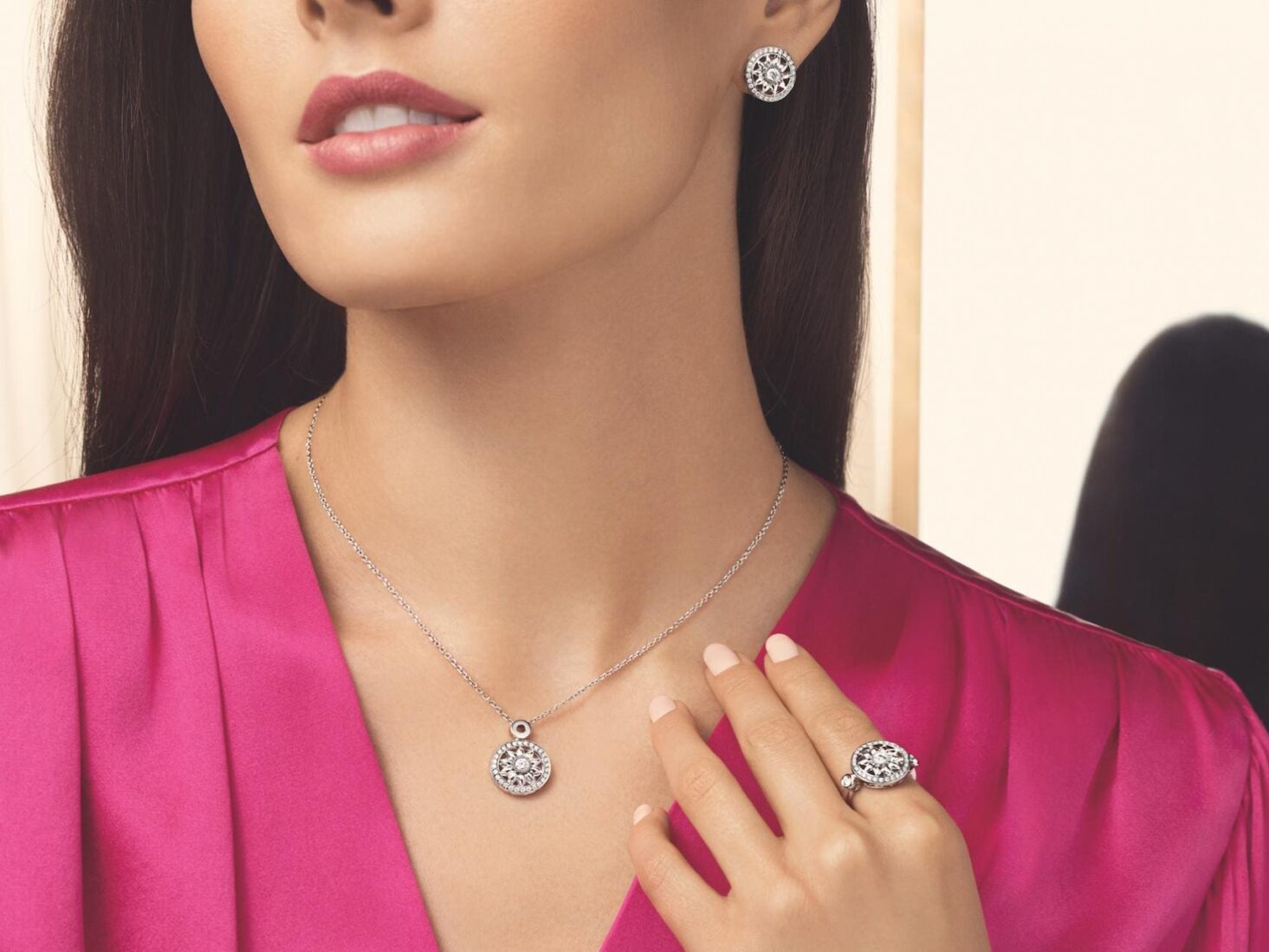
Harry Winston Takes Inspiration from the World’s Most Symbolic Flower
The multi-petalled rose has assumed symbolic meaning to cultures across centuries and continents, from the sarcophagi of Babylonian kings to the great cathedrals of medieval Europe – and into the latest jewellery collection from Harry Winston
Why are you so enamoured of my face that you do not turn your gaze to the beautiful garden which blossoms under the radiance of Christ? There is the Rose in which the Divine Word became flesh; here are the lilies whose perfume guides you in the right ways.’
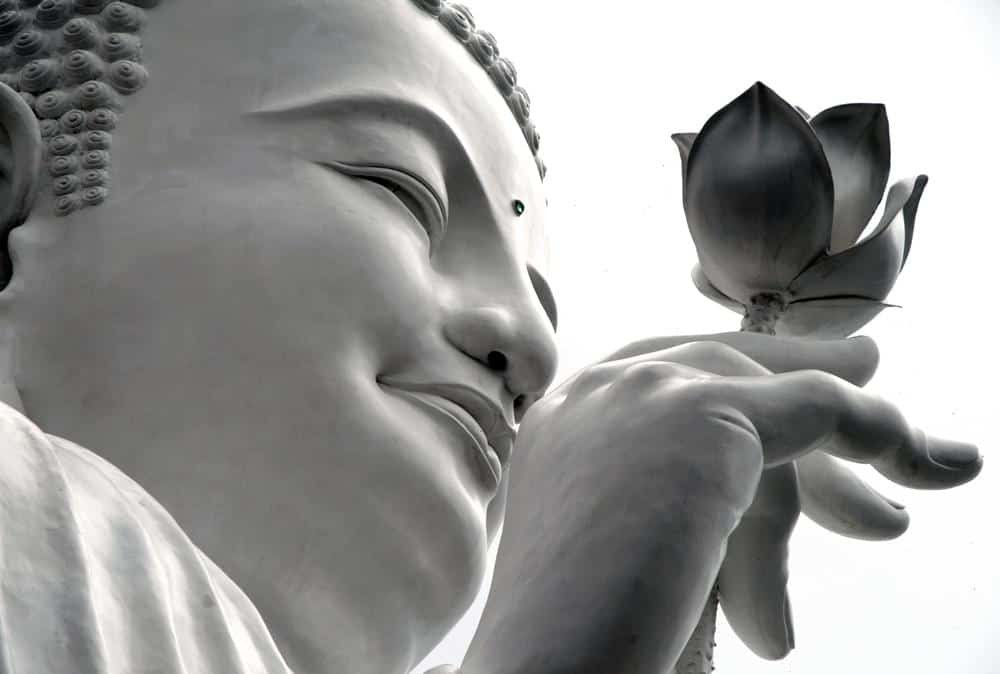
Even before 1320, when Dante reached for the rose and the lily as symbols of beauty and renewal in the third volume of The Divine Comedy, multi-petalled floral motifs were well-established in historic iconography. Citizens of Mesopotamia, that ancient region east of the Mediterranean – heyday circa 3400BC – had settled on the eight-leaf rosette as the emblem of the fertility goddess Ishtar five millennia earlier. Images from ancient Egypt depict Ra, the sun god, being born from a lotus – a water lily that grows on the banks of the River Nile. In India, too, various religious figures, most notably Gautama Buddha, are connected to the eight-petalled lotus. Fast forward several centuries to Greco-Roman culture and the rose had come to represent worldly beauty as well as life after death – rosettes appearing in both elaborate jewellery and etched on stone funeral slabs.
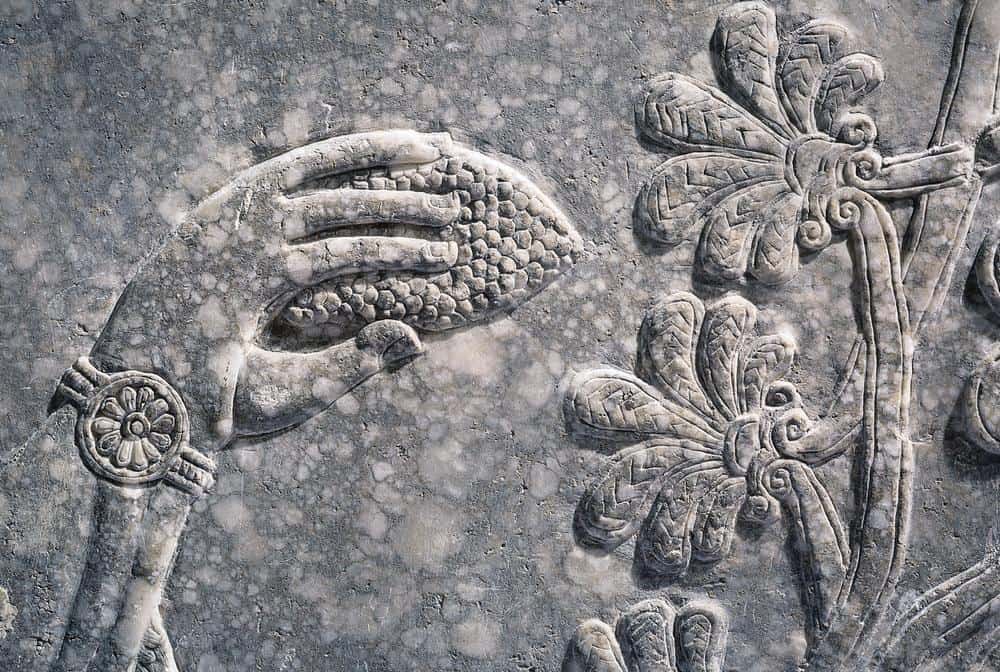
By the time Dante was navigating his passage from purgatory to paradise, the rose had become a more general metaphor, symbolising virtue and light – an icon adopted by architecture in the form of the rose window. While the term ‘rose window’ may not have been documented until the 17th century, stonemasons had been carving circular windows featuring flower motifs for a thousand years. The external wall of the Khirbat al-Mafjar palace, built in Jordan between 740 and 750AD, featured a window consisting of six circular arcs in the form of a flower. The theory follows that from the 11th century onwards, Catholic crusaders introduced the design to Christian churches across the whole of Europe. Notable rosettes can be found in the grand façades of Worms Cathedral in Germany (1130 – 1181), the Basilica of St Procopius in the Czech Republic (1240–1280) and on Italy’s Basilica of San Michele Maggiore (completed in 1115).
Last month, the focus of the world turned to perhaps the most famous rose windows of all, when fire ripped through Notre-Dame in Paris. The cathedral’s trio of enormous stained-glass windows, each one standing over a major entry point, date back to the 13th century. Miraculously, all were spared.
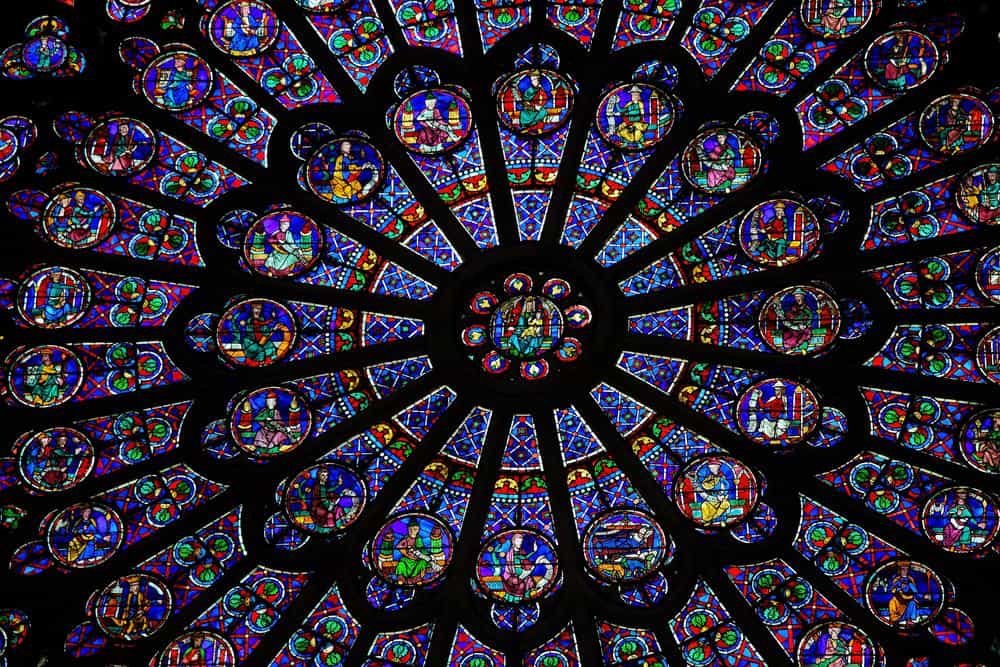
Manhattan, 1932. At the corner of Fifth Avenue and West 56th Street, a 36-year-old second-generation Ukrainian-American jeweller is contemplating designs for the façade of his first flagship store. Searching for a symbol of optimism and opportunity, he decides to adorn the gilded front gates of his Neoclassical travertine townhouse with gold rosettes and invites the public to behold the sort of rare and valuable jewels that up until then would have been locked away within a vault.
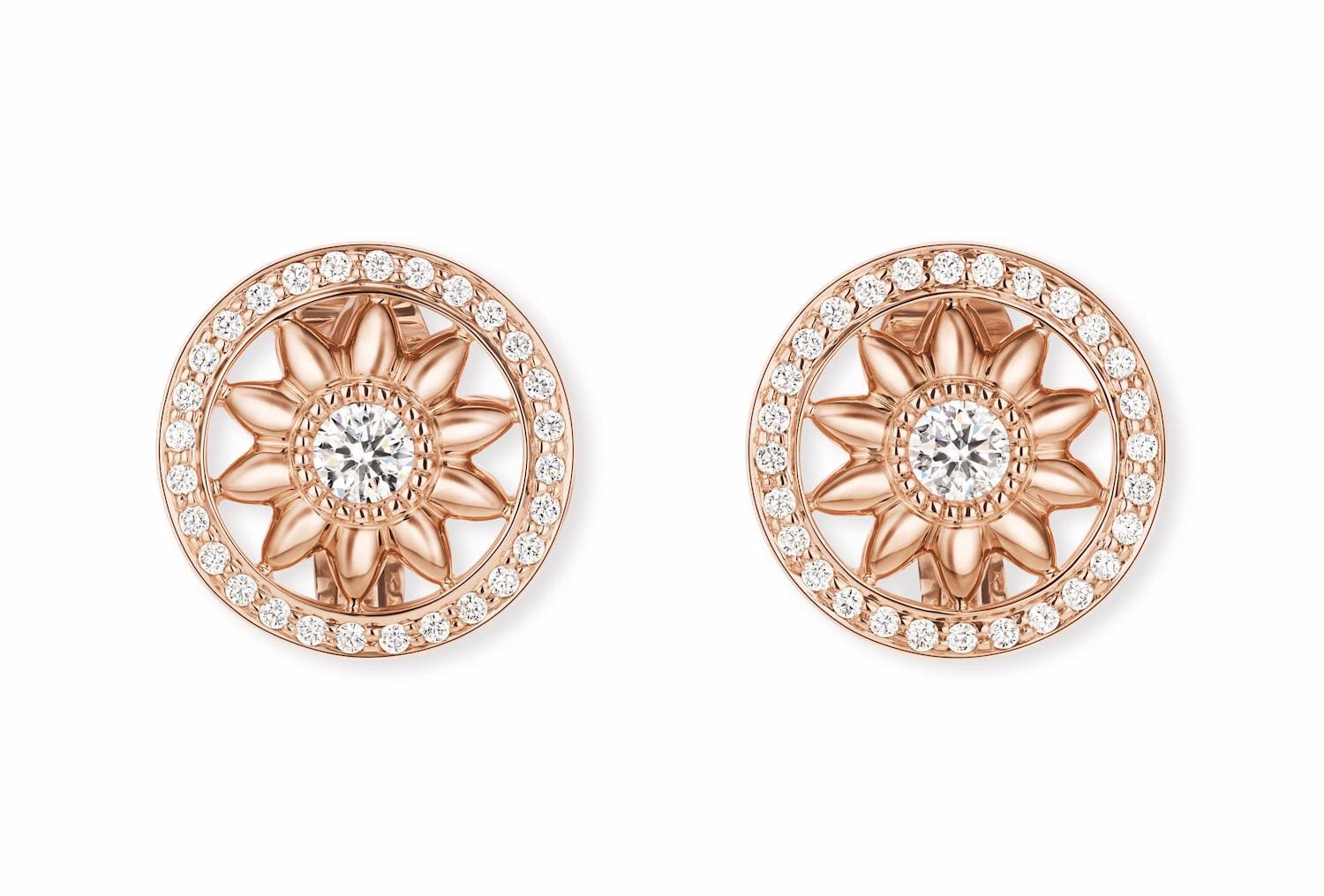
Today, gold rosettes adorn the front gates of all Harry Winston boutiques – inspiring the jeweller’s brand new Winston Gates collection. A selection of earrings, pendants, rings and bracelets modelled on the rosette, the collection features a sculpted 10-petalled flower rendered in platinum, 18-carat yellow or rose gold and set with a round brilliant diamond centre stone. Framed by a circular array of pavé diamonds, each stone is hand-selected for its flawless quality. The Winston Gates collection will be available from June.
‘Long live the rose that grew from concrete when no one else even cared.’ Nope, not Dante, but another deep-philosophising, latterday lyricist – Mr Tupac Shakur.
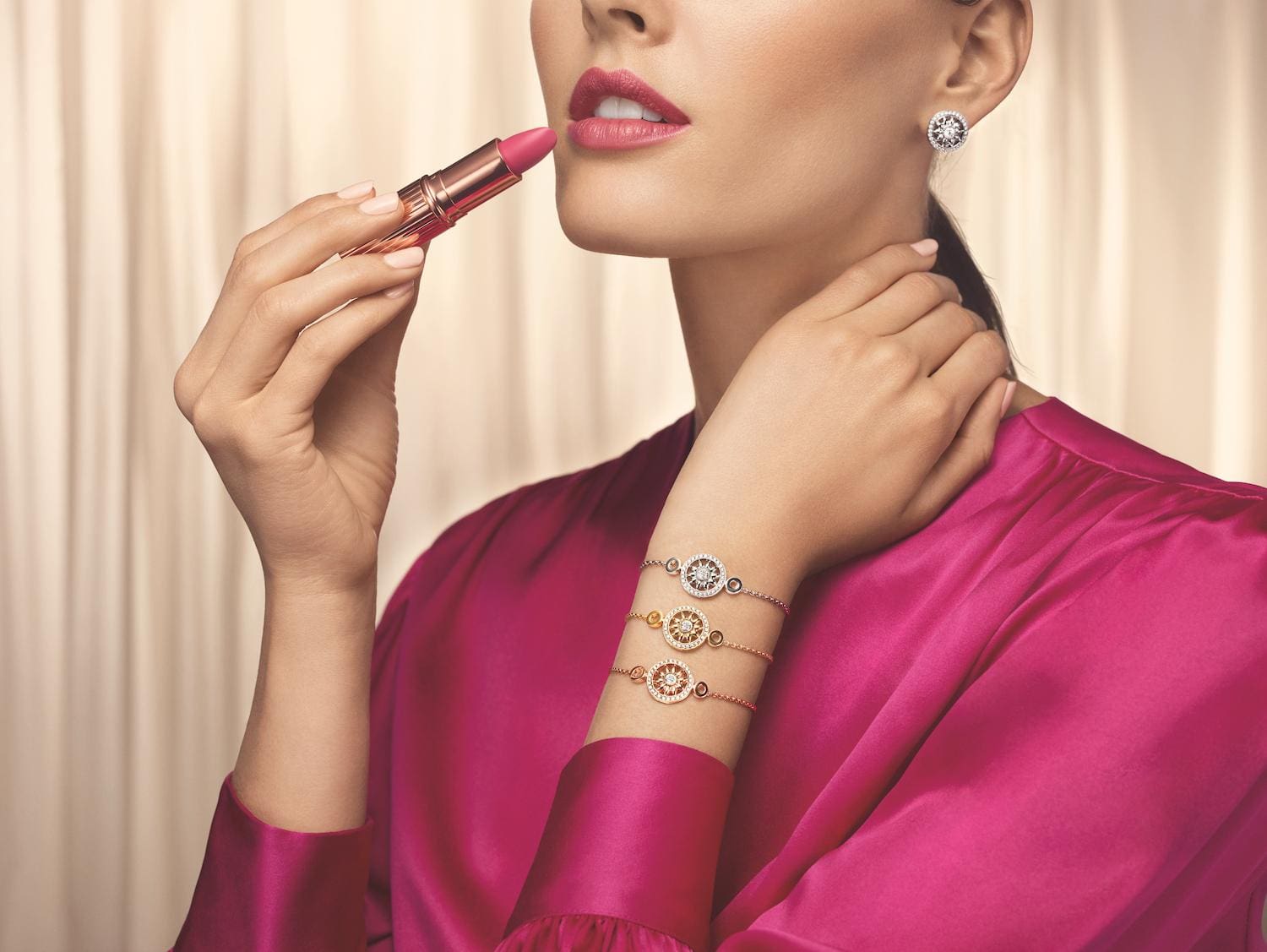
harrywinston.com









